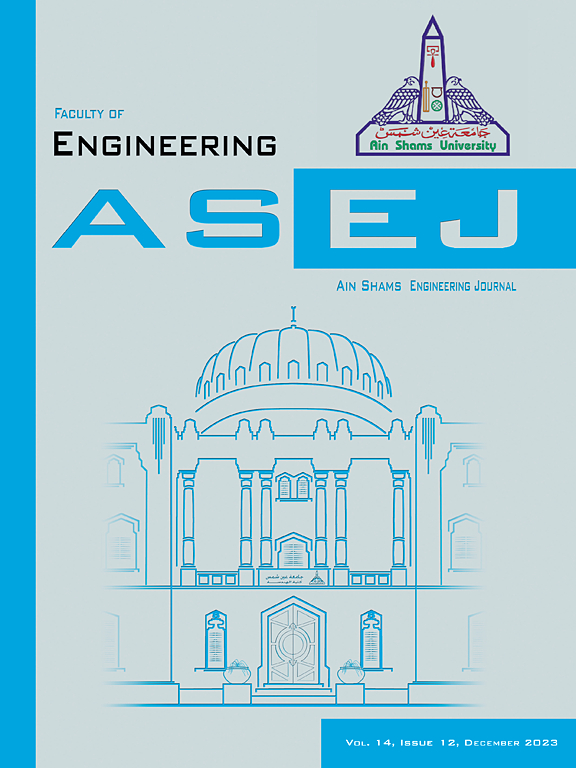Grey water and carbon footprint of textile industry: A case study
IF 5.9
2区 工程技术
Q1 ENGINEERING, MULTIDISCIPLINARY
引用次数: 0
Abstract
This study evaluated the multi-pollutant grey water footprint (GWF) of textile production based on industrial wastewater samples from a factory in Isfahan, Iran. Chemical oxidation demand (COD), alkylbenzene sulfonate, phosphate, totals suspended solids, fats-oil-grease, cyanide, and phenol were analyzed. Their monthly average concentrations were 10137, 2.1, 354, 4306, 168, 0.56, and 1.3 mg/L, respectively. Phosphate emerged as the critical pollutant, increasing GWF to 113 L/m2 of textile product (281 L/kg product). COD and phenol were the following critical pollutants in GWF with 59 and 39 L/m2, respectively. By consuming both electricity and natural gas, the carbon footprint was also 10 gCO2/m2 of production (25 gCO2/kg product). These findings highlighted the substantial environmental pressures exerted by the textile industry and underscored the need for sustainable practices. Through an inclusive quantitative framework, the study advocates for GWF assessments that incorporate multiple pollutants, including hazardous wastewater constituents, to better evaluate environmental impacts.

纺织工业的灰水与碳足迹:个案研究
本研究基于伊朗伊斯法罕一家工厂的工业废水样本,评估了纺织生产的多污染物灰水足迹(GWF)。分析了化学氧化需要量(COD)、烷基苯磺酸盐、磷酸盐、总悬浮物、油脂、氰化物和苯酚。月平均浓度分别为10137、2.1、354、4306、168、0.56和1.3 mg/L。磷酸盐成为关键污染物,使GWF增加到113 L/m2 (281 L/kg)。其次是COD和苯酚,分别为59和39 L/m2。通过消耗电力和天然气,碳足迹也为每平方米生产10克二氧化碳(每公斤产品25克二氧化碳)。这些调查结果突出了纺织工业对环境造成的巨大压力,并强调了可持续做法的必要性。通过包容性的定量框架,该研究倡导将多种污染物(包括危险废水成分)纳入GWF评估,以更好地评估环境影响。
本文章由计算机程序翻译,如有差异,请以英文原文为准。
求助全文
约1分钟内获得全文
求助全文
来源期刊

Ain Shams Engineering Journal
Engineering-General Engineering
CiteScore
10.80
自引率
13.30%
发文量
441
审稿时长
49 weeks
期刊介绍:
in Shams Engineering Journal is an international journal devoted to publication of peer reviewed original high-quality research papers and review papers in both traditional topics and those of emerging science and technology. Areas of both theoretical and fundamental interest as well as those concerning industrial applications, emerging instrumental techniques and those which have some practical application to an aspect of human endeavor, such as the preservation of the environment, health, waste disposal are welcome. The overall focus is on original and rigorous scientific research results which have generic significance.
Ain Shams Engineering Journal focuses upon aspects of mechanical engineering, electrical engineering, civil engineering, chemical engineering, petroleum engineering, environmental engineering, architectural and urban planning engineering. Papers in which knowledge from other disciplines is integrated with engineering are especially welcome like nanotechnology, material sciences, and computational methods as well as applied basic sciences: engineering mathematics, physics and chemistry.
 求助内容:
求助内容: 应助结果提醒方式:
应助结果提醒方式:


